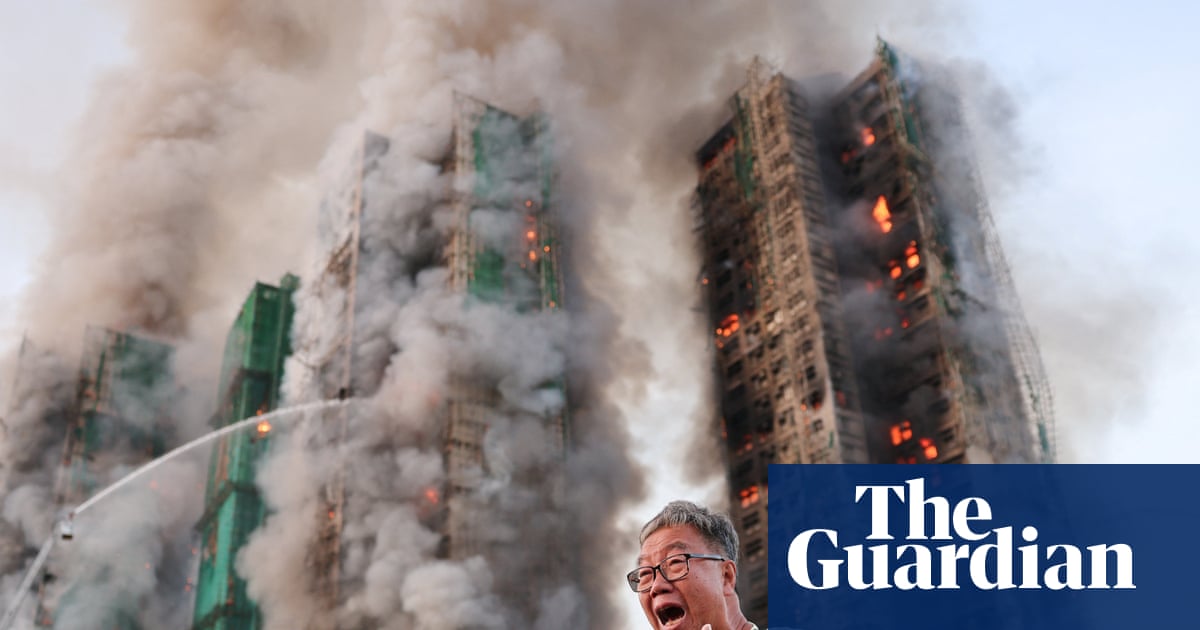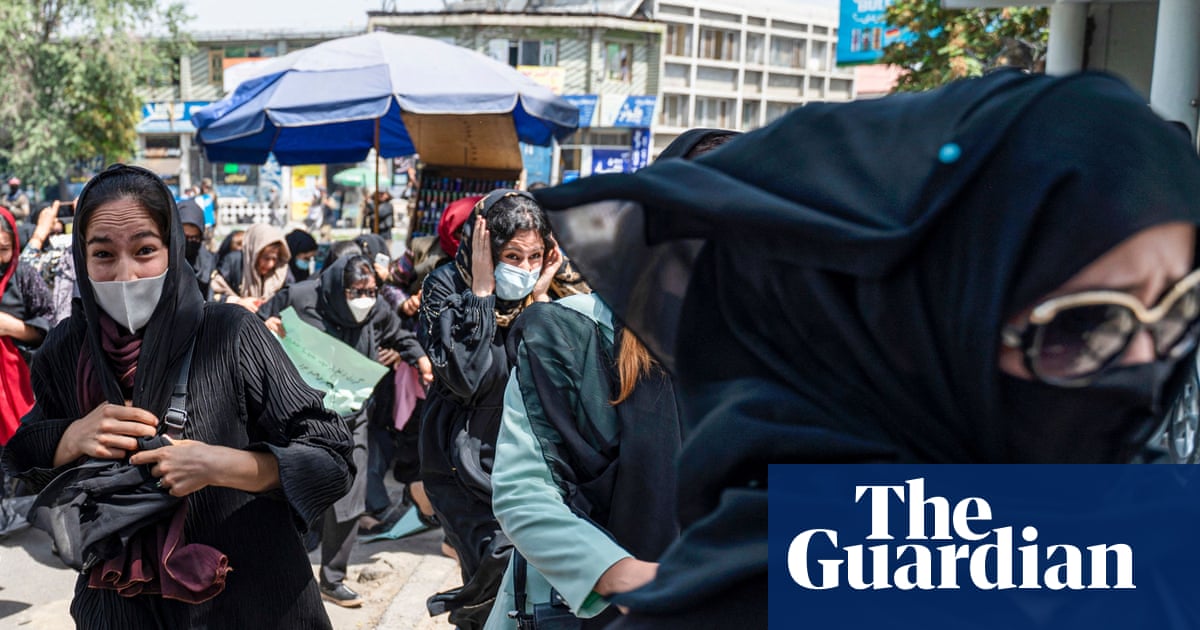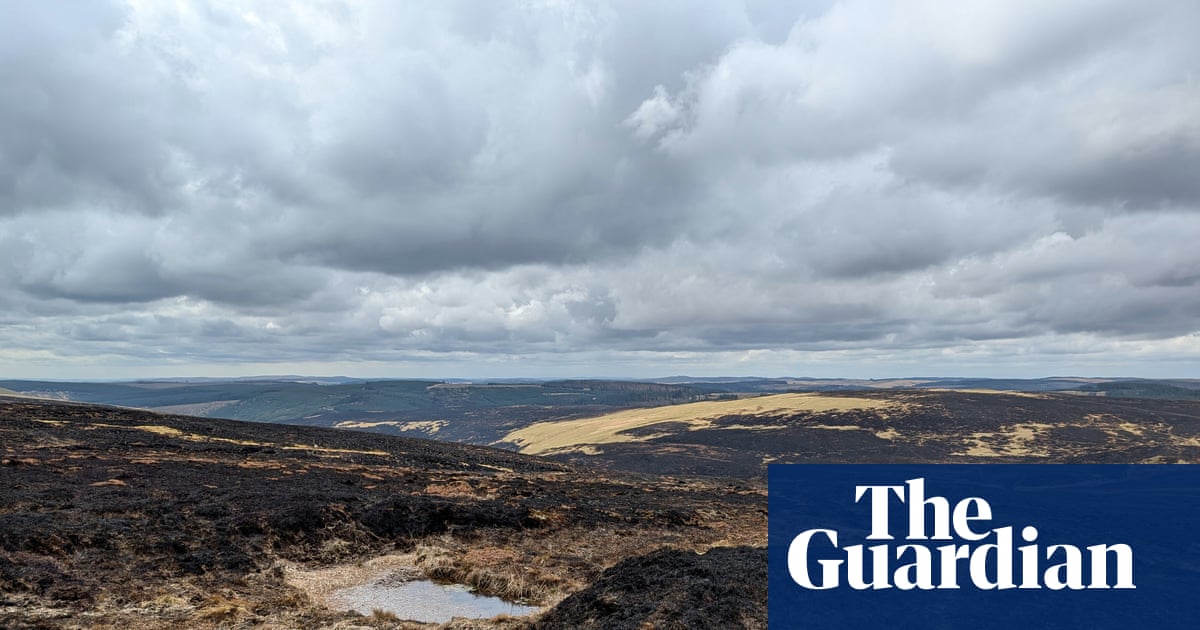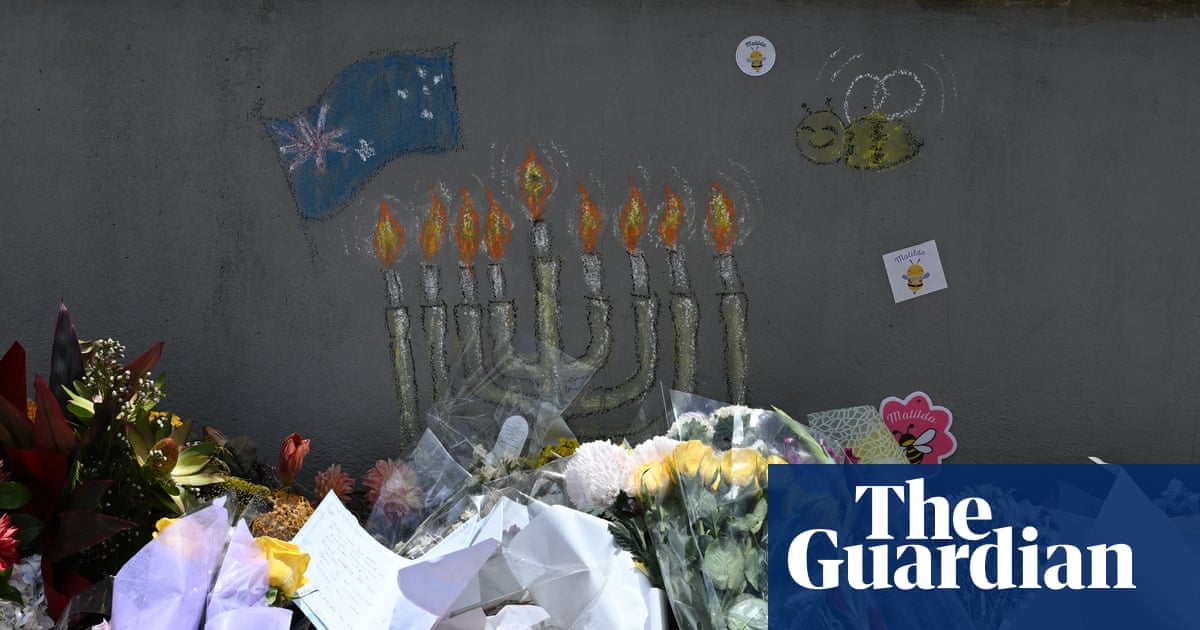A magnitude 6.2 earthquake has shaken Afghanistan as the death toll from the devastating quake on Sunday rose to more than 2,200.
It struck south-eastern regions on Thursday night, according to the Helmholtz Centre for Geosciences in Germany. It was not immediately clear how much damage there was.
A 5.5 magnitude aftershock struck on Tuesday, causing panic and interrupting rescue efforts as more roads were cut off by rockfall.
Hamdullah Fitrat, a Taliban spokesperson, confirmed on Thursday that the death toll from Sunday’s magnitude 6.0 earthquake had risen to 2,205 – up from previous estimates of 1,400 and making it one of the deadliest natural disasters to hit the country in decades.
It hit the mountainous and remote eastern part of the country around midnight on Sunday, levelling entire villages where people were trapped under rubble.
Most of the casualties were in Kunar province, where many houses are built from wood and mud bricks, making them highly vulnerable to earth tremors.
Rescuers have managed to reach villages that had been completely cut off by the disaster and bodies continued to be pulled from debris on Thursday.
About 98% of the buildings in Kunar were damaged or destroyed, according to an assessment from the charity, Islamic Relief.
The rough and mountainous terrain has been hindering relief efforts. Taliban authorities have deployed helicopters and airdropped army commandos to help locate and rescue survivors. Aid workers reported walking for hours to reach villages cut off by landslides and rockfall.
Resident Muhammad Israel said the quake unleashed a landslide that buried his home, livestock and belongings in Kunar.
“All the rocks came down from the mountain,” he said. “I barely got my children out of there. The earthquake jolts are still happening. It is impossible to live there.”
He was staying at a UN medical camp in Nurgal, one of the worst-affected areas. “The situation is also bad for us here, we don’t have shelter and are living under open skies,” he added.
Rescue and relief efforts have been hampered by a lack of international aid funding and resources flowing into the country. Since the Taliban seized back power in 2021 and began imposing hardline religious laws, making it difficult for NGOs and aid groups to function, there has been a steep drop in support.
Aid agencies said they were urgently in need of staff and supplies to tend to the injured and to house tens of thousands who have been left homeless and without access to food or water. About 84,000 people have been affected so far.
The Norwegian Refugee Council said it had fewer than 450 staff in Afghanistan, whereas it had 1,100 in 2023 when the last major quake struck the country. The council has only one warehouse and no emergency stock.
“We will need to purchase items once we get the funding but this will take potentially weeks and people are in need now,” said Maisam Shafiey, a communications and advocacy adviser for the council in Afghanistan.
“We have only $100,000 [£75,000] available to support emergency response efforts. This leaves an immediate funding gap of $1.9m.”
Shamshair Khan, a doctor tending to the injured at the UN camp in Nurgal, said supplies were already running out.
“Neither these medicines are enough nor these services,” he said. “These people need more medicine and tents. They need food and clean drinking water. They need more aid. These people are in great pain.”
The earthquakes came with Afghanistan already suffering from drought and a severe economic crisis. The withdrawal of USAid funding, after cuts by the Trump administration earlier this year, resulted in the closure of many hospitals and medical clinics.
The pressures on the country have been exacerbated by the forced return of more than 2 million Afghans from neighbouring Pakistan and Iran, many of whom have nowhere to live or work.

 3 months ago
56
3 months ago
56

















































